Wall apertures let light and fresh air into both residential and commercial spaces. In India, aluminum is extensively used for commercial buildings, nevertheless, wood, steel, and uPVC are also robust materials for any living space.
Post your Requirement
Wood has always been a famous choice for homes or any building construction, but its use is decreasing since it is costly and hard to find skilled carpenters. Steel’s cost-effectiveness has made it popular, but due to high-quality and maintenance problems, its share is once again falling.
Aluminum and uPVC are now the two first and foremost materials used for designing and manufacturing windows. In India, high-rise buildings have conveniently used aluminum, but uPVC has gained popularity in colder regions. The topic “Aluminium Windows vs. uPVC Windows” has always been complex and difficult. In this blog, we are going to consider the main difference between aluminum windows vs. uPVC windows. So what are you waiting for yet? Let’s consider it!
Read Also: Aluminium vs. uPVC Sliding Windows: Which One Is Right for You?
What Is Aluminium Window?
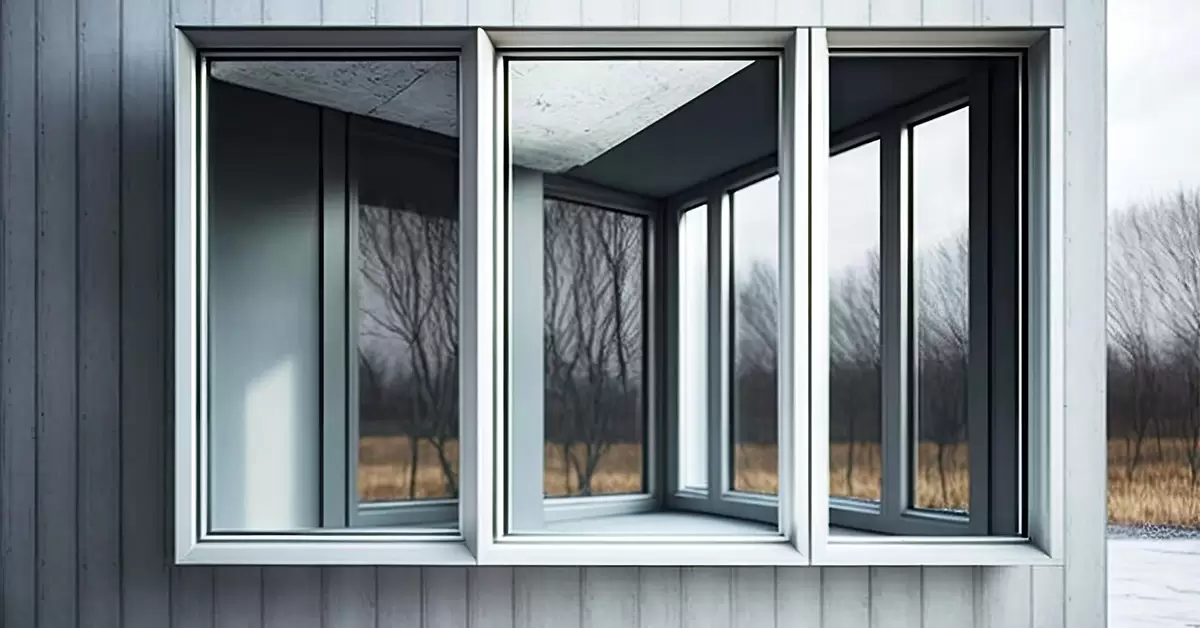
Aluminum windows are lightweight and durable architectural design features with a contemporary design that is composed of aluminum window frames. They provide sleep and slim sightlines and can resist warping, rust, and corrosion, so they are appropriate for a variety of environmental conditions. Large glass panes and structural strength are provided by aluminum window frames, which improve natural light, ventilation, and views in a room.
Top Benefits Of Aluminium Window:
- Quality-made and robust window frames that assure long-lasting performance.
- Modern design and appearance add a touch of aesthetics and functionality to any space.
- Versatility in the design choices, finishes, and colors to meet different architectural designs.
- Sustainable and recyclable materials to reduce their influence on the harsh environment.
- It reduces the need for heating and cooling by providing excellent thermal insulation.
What Is uPVC Window?
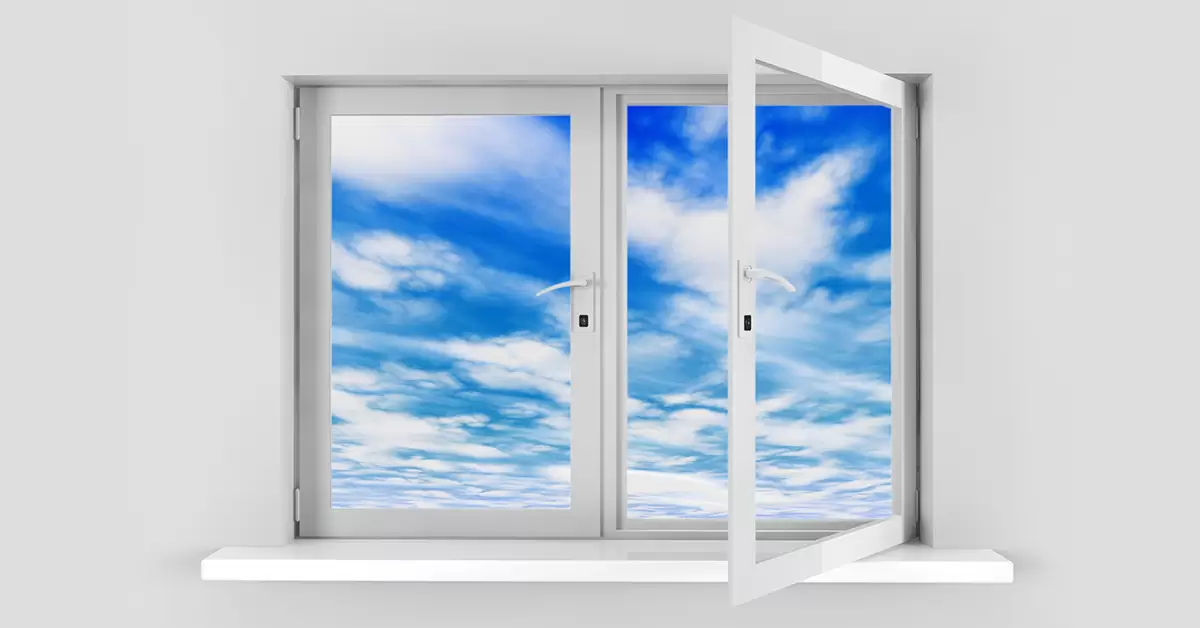
uPVC (Unplasticized polyvinyl chloride) windows are a type of contemporary window well-known for its low maintenance needs, energy efficiency, and suitability in design. It is a well-liked choice for any residential and commercial structures wanting both functional performance and aesthetic appeal because of its robust and rigid plastic frames that provide good insulating features.
Top Benefits of uPVC Windows:
- Lowers energy expenses by offering outstanding thermal insulation.
- Money and time-saving require less maintenance.
- Capable of withstanding rot, corrosion, and rust, guaranteeing durability.
- It offers superior absorption of sounds, consequently assuring a peaceful interior space.
- Fitted with cutting-edge and modern locking mechanisms to improve safety.
- To fit any architectural design, it is offered in a variety of designs, colors, and finishes.
- Made with sustainable materials to lessen its negative effects on the harsh environment.
Aluminium Windows vs. uPVC Windows: An Ultimate Guide To Understanding The Difference
The aluminum and uPVC windows are both considered to be reliable choices in the modern architectural industry due to their premium features, long-term benefits, and wide range of customization options to elevate the visual appeal of your spaces. Some of the key differences between the two can be defined as follows:
-
Popularity Among Indian Audiences
According to the data sources, the aluminum windows feature a share of more than 50% in the Indian market, while the uPVC windows hold a mere share of 15-18% of the market. The material of aluminium is a metal that leads to the building of strong and secure windows. This ensures the popularity of the structures in modern homes, premium apartments, and commercial buildings due to their sleek designs and vibrant color options.
The uPVC windows are typically made with a rigid form of plastic and thus prove to be more affordable choices for mid-range housing purposes. They are available in white color and are mostly used for their insulation properties, cost-effectiveness, and low upkeep needs.
-
Ease of Use and Durability
The aluminum windows are typically considered to be a more durable and reliable choice with their effective resistance to corrosion and the ability to withstand heavy impact. They also come with anodized and weather-resistant coatings and, thus, a relatively longer lifespan, even in coastal regions. The UV rays have little impact on the aluminum windows as the structures are designed to offer good performance even in harsh conditions. The hardware in aluminium windows is also generally more durable, along with metal-to-metal lock fixing that ensures the safety of spaces. Additionally, the aluminum windows are easier to operate and use with their large rollers and premium features.
uPVC windows, on the other hand, are quite vulnerable to the UV rays of the sun that can affect its color and even make them brittle over time. The uPVC windows are comparatively less prone to dents but can crack under heavy impact and thus are usually effective for normal duty applications. The uPVC windows are mostly preferred for their corrosion resistance properties and insulation features.
-
Weather Resistance
Both the UPVC and the aluminium windows are designed with effective weather resistance properties. The aluminium windows are highly resistant to rain, heat, and humidity and also come with effective resistance to warping or expanding due to temperature changes. The aluminum windows are designed to ensure quality performance in tropical climates like India, where coastal conditions are quite prevalent. The aluminum windows also prevent the accumulation of water, dust and pollution that can damage the windows.
uPVC windows are also built with incredible weather resistance properties with high standards of energy efficiency. However, the structures are particularly effective in cold climate regions as the plastic material of the windows prevents the cold from entering and thus ensures a comfortable temperature indoors. In warmer climates, the glass and glazing play a more important role in blocking the sun’s glare and keeping the interiors cool and cozy.
-
Insulation and Maintenance
The aluminium windows are very easy to maintain and clean as compared to the uPVC windows, but they are not a great choice if you wish to have the benefits of energy efficiency in structures. The aluminum windows are designed for easy and occasional cleaning with a damp cloth and soap water, with minimal upkeep needs. The aluminium windows’ finishes are often durable enough to ensure long life without the need for repair, repainting, or replacement. They are incredibly low maintenance for people’s fast-paced lives.
The uPVC windows are relatively harder to maintain and clean. The white color of the uPVc windows is quite difficult to maintain as it can show dirt or concerns of discoloration over time. However, one of the key features that makes uPVC windows a tempting choice for customers is their energy efficiency. The structures reduce heat transfer and thus help people to maintain a comfortable temperature indoors with a reduced need for cooling or heating systems.
-
Windows Price
In terms of the cost structure of the windows, the uPVC windows prove to be more affordable choices as compared to the aluminium ones. The aluminum windows, with their sturdy frames and incredible features, come at a higher price. They come in a variety of options in terms of design and colors to cater to the specific needs of the people and prove to be a cost-effective choice in the long run due to their remarkable appeal and durability, along with a long lifespan of excellence.
The uPVC windows prove to be a budget friendly choice for the homeowners and businesses due to their insulation properties that come with a good lifespan and low costs. You can also go for the high-quality UPVC windows with high TiO2 content that do not fade over time and thus ensure a remarkable performance at cheap prices.
-
Style and Design Options
The aluminium windows are undoubtedly the preferred choice for architects, interior designers, and even homeowners in terms of design and style flexibility. The aluminum windows come with slim profiles and large glass panels that feature an attractive look. Additionally, the range of options in terms of colors, designs, and even functionalities is endless with aluminium, thereby making it a perfect choice for the creation of everything from budget-friendly to high-end designs.
uPVC windows, on the other hand, cater to fewer architectural styles than aluminium windows. The product options with uPVC windows are often limited by difficulty in fixing hardware and the associated size restrictions. They are typically better options for small windows designed for ventilation and insulation properties.
-
Noise Reduction
The quality of noise insulation varies heavily depending on the quality of sealing and the type of glass or glazing system opted for in the structures. The aluminum windows are built with gaskets that help to reduce air gaps and, with advanced glazing options, prove to be a great choice for the maintenance of a quiet and calm environment indoors.
The uPVC windows are built with wool piles that can compress over time and are also built with noise-insulation properties. They come with thicker frames and air-tight sealing that ensure a quiet environment even in noisy urban regions. You can further go for double or triple glazing options, laminated glass, or other options for better sound insulation properties and comfort indoors.
Choose The Right Kind of Windows for Maximum Satisfaction
Both aluminium and uPVC windows serve to be great choices with their own set of advantages and features that make them ideal for different applications. The aluminium windows refer to a modern and long-lasting solution that comes with a sleek and stylish look along with incredible strength, durability, and longevity. On the other hand, the uPVC windows prove to be an affordable and easy maintenance option that comes with superior insulation properties, soundproofing properties, and weather resistance properties. If you seek strength and luxury, you can go for aluminium windows, while for superior standards of comfort, efficiency and affordability, uPVC windows serve to be better choices.
Suggested Post: uPVC vs Aluminium vs Wood Windows: Give Your Home the Most Stylish Look
FAQ’S
Q:1 Which window is better, uPVC or aluminium?
A:1 The right kind of windows for your space depends on your specific needs and priorities. The aluminium windows would be a better choice if you seek strength and sleek looks, while the uPVC windows can prove to be more effective if you seek affordability and energy efficiency.
Q:2 Do uPVC windows require more maintenance than aluminium windows?
A:2 Both aluminium and uPVC windows are low-maintenance structures, but the uPVC windows require slightly more maintenance than the aluminium windows due to their white color.
Q:3 What is the lifespan of uPVC windows?
A:3 Depending on the quality of the material and the maintenance efforts, the uPVC windows offer a lifespan ranging from 20 to 30 years in general.
Q:4 What is the lifespan of Aluminium windows?
A:4 The structures of aluminium windows, when well-maintained and of good quality, can last for 20 to 40 years or even longer.
Q:5 Is UPVC more expensive than aluminum?
A:5 The upfront prices of the uPVC windows are cheaper than the aluminium windows. However, with the long lifespan, strength, and durability of the aluminium windows, they can prove to be more cost-effective options in the long run.

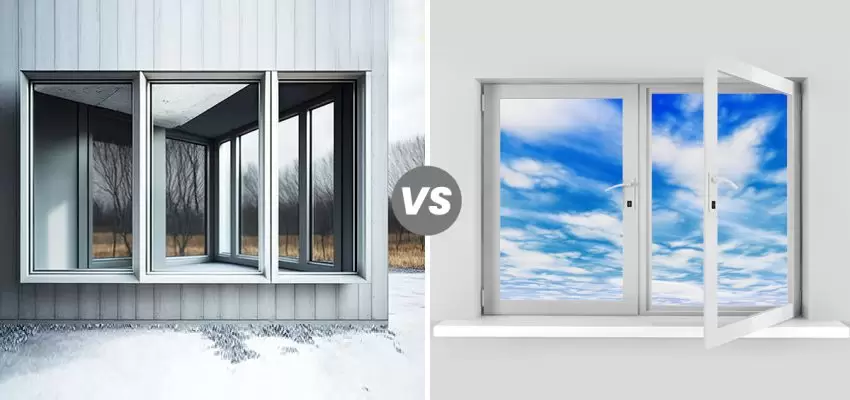

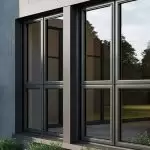
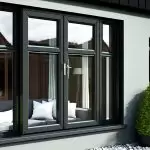
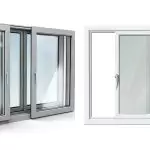

















Post A Comment